Instead of dying at the ax of the guillotine, what would the world be like if Marie Antoinette had escaped France and moved to rural Pennsylvania? This question seems absolutely preposterous – yet it almost happened. Seriously. We stumbled on this story in a National Geographic book and had to come to the French Azilum to see for ourselves.
The French Azilum sits in one of the most remote parts of Pennsylvania today. We visited on a long day trip from Philadelphia. Today, it is the middle of nowhere. We struggled to imagine what this place was like in the autumn of 1793, when a group of French aristocrats came to this horseshoe bend on the Susquehanna River. This was the frontier and, at the time, must have seemed a million miles from the lavish courts of Versailles.
This was a planned community. It traces its roots back to notable individuals in early Philadelphia history (including Stephen Girard and Robert Morris) who saw the events in France and offered their support (for a fee, of course). They planned the community out of the wilderness and acquired 1,600 acres, 300 of which were developed for the refugees.
By the spring of 1794, a substantial settlement had developed with shops, industry and agriculture. A grand lodge (“La Grande Maison”) was built, supposedly to be the home of Marie Antoinette had she escaped. Louis Philippe, who would later become King of France, actually visited the Azilum.
By 1803, the colony was largely abandoned. Many of the aristocrats had relocated to places like New Orleans or returned to France (Napoleon made repatriation possible during his reign). Today, none of the original Azilum buildings remain. The only remnant of the community is a single wine cellar (a large stone hole in the ground).
That said, the LaPorte House, built on the site by descendants of the original asylum seekers in 1836, is a masterpiece of Colonial craftsmanship with decorative French accents. A few other cabins from the 1800s and 1900s still remain.
Sometimes, history gives you a mystery. Why in the world would aristocrats from France come to the middle of nowhere in Pennsylvania? While there isn’t anything to see of the original French Azilum, we’re glad we made the pilgrimage here.
The site is owned by a private, non-profit historical preservation organization that was founded in the 1950s. The property is overseen and managed by the Pennsylvania Historical and Museum Commission.
Lance Longwell is a travel writer and photographer who has published Travel Addicts since 2008, making it one of the oldest travel blogs. He is a life-long traveler, having visited all 50 of the United States by the time he graduated high school. Lance has continued his adventures by visiting 70 countries on 5 continents – all in search of the world’s perfect sausage. He’s a passionate foodie and enjoys hot springs and cultural oddities. When he’s not traveling (or writing about travel), you’ll find him photographing his hometown of Philadelphia.


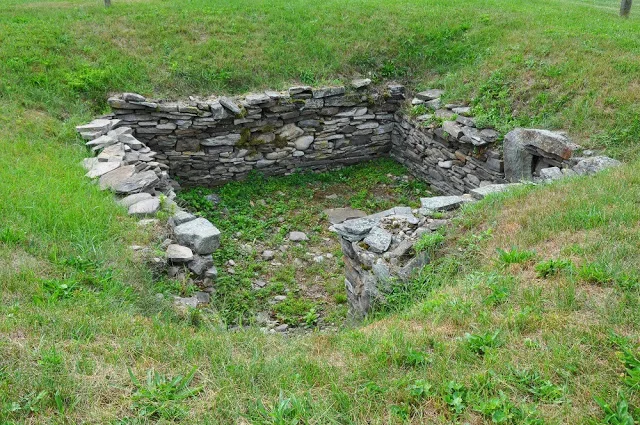
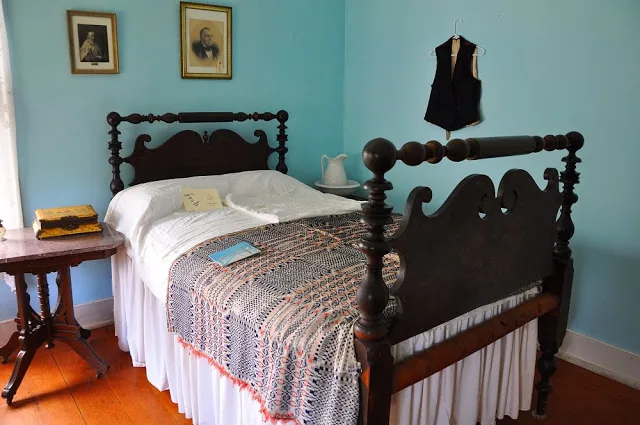
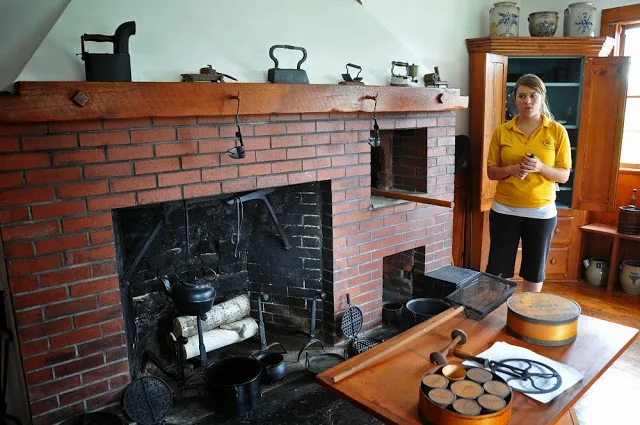
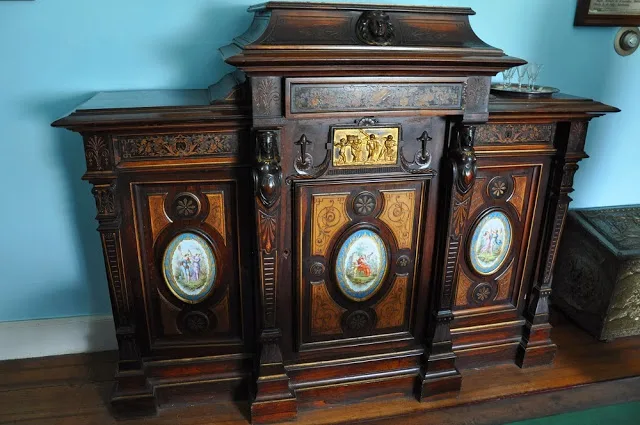
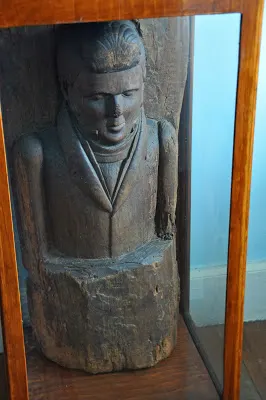
Maggie McDowell
Sunday 1st of May 2022
I'M NOT SEEING AN ADDRESS FOR THIS PLACE. WHERE EXACTLY IS IT?
Laura Longwell
Sunday 1st of May 2022
It's in Towanda in Bradford County, PA.
Cassie Kifer
Friday 1st of November 2013
Wow, this is so interesting! I remember you mentioning you were going here on Twitter. We used to drive by signs for this place all the time when I was in high school! Most of my extended family lives in north-western PA and we would drive by this town a few times a year when I was living near Syracuse, New York! We never stopped and (because this was before smart phones) I never thought to look up what was so "French" about French Azilum!